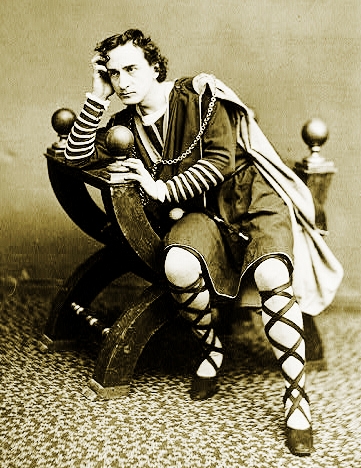After Haydn’s funeral in Vienna his former employer, Prince Esterházy, obtained permission to have the body exhumed and moved to Eisenstadt. The matter apparently then slipped his mind until, 11 years later, a distinguished visitor remarked to him that it was fitting that he possessed the composer’s remains.
Not wishing to contradict his guest’s assumption, Esterházy quickly arranged for the coffin to be brought to Eisenstadt; but when it was opened for identification, the horrified officials discovered a headless body—only Haydn’s wig remained. Inquiries led to the revelation that two students of phrenology had bribed the gravedigger and stolen the composer’s head a few days after the funeral.
Esterházy was furious, and demanded that the skull be returned, but efforts to claim it were thwarted when the wife of its keeper secreted it in her straw mattress and lay down on top of it, feigning illness. When Esterházy offered a bribe, he was given the skull of an old man, and this was placed in Haydn’s coffin. The composer’s skull was not reunited with his other remains until 1954.
This according to “An incongruous postlude” in Haydn: A creative life in music by Karl and Irene Geiringer (Berkeley: University of California Press, 1968). For more on Haydn’s physiognomy, see this Bibliolore post.
Above, a drawing of the marble tablet—now lost—erected by Haydn’s devoted pupil Sigismund von Neukomm at the composer’s Viennese resting place in 1814 (click to enlarge). The inscription includes Haydn’s favorite quotation from Horace, non omnis moriar, set by Neukomm as a puzzle canon.
More posts about Haydn are here.









